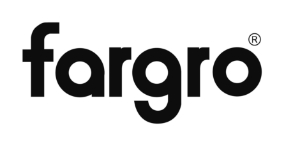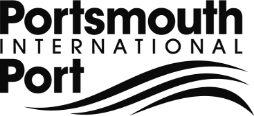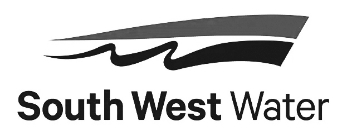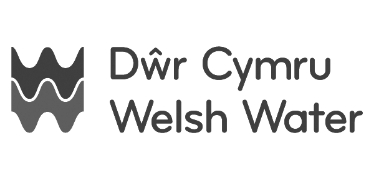Measuring air quality with revolutionary control monitors
Air pollution is a major public health risk, ranking alongside cancer, heart disease and obesity and it poses the single greatest environmental risk to human health. UK Government has set out its Port Air Quality Strategy (PAQS) with the goal of protecting public health and the environment whilst maintaining growth and a vibrant sector.
The strategy introduces increasingly tighter legislation around monitoring of pollutants, motivating ports to invest in reporting and managing Air Quality.
£5.3B
estimated cost in health and social care by 2035 due to air pollution according to Public Health England
11%
of the major pollutants (including NOx / SOx / particulates) attributed to shipping
£1B
potential cut in costs following Government’s Clean Air Strategy

Our AirQ ‘smart box’ (AQM) solution measures air quality and airborne pollutants in maritime and port environments. Shipping information and local weather data is integrated into the smart box to create a picture of environmental effect of port operations.
These data snapshots help the port plan its future operations so it can minimise environmental impact locally and across the city. The smart boxes use a low-power wide-area network (LPWAN) to communicate, so require no other infrastructure aside from a simple power supply to begin collecting data.
The AQM sensor suite monitors various polluting agents such as Carbon Dioxide (CO2), Nitric Oxide (NO), Nitrogen Dioxide (NO2), Nitrogen Oxide (NOx), Sulphur Dioxide (SO2) and Sulphur Oxide (SOx). In addition to this the AQM also supports the measurement of particulate matter. These particulate categories are PM1.0, PM2.5, PM4, PM10. The data captured can then be used to inform port operations so that air pollution can be reduced at peak times.
The AQM sensor suite monitors various polluting agents such as Carbon Dioxide (CO2), Nitric Oxide (NO), Nitrogen Dioxide (NO2), Nitrogen Oxide (NOx), Sulphur Dioxide (SO2) and Sulphur Oxide (SOx). In addition to this the AQM also supports the measurement of particulate matter. These particulate categories are PM1.0, PM2.5, PM4, PM10.
Monitoring of AIS (Automatic Identification System) automated vessel data which is used to identify vessel movements within defined geofenced areas e.g, port manoeuvring areas. Additional 3rd party data sources such as port traffic movements and weather may also be integrated. B4T provides our customers with a dashboard user interface where data can be viewed independently.
Start your journey or get in touch
How can we help?













